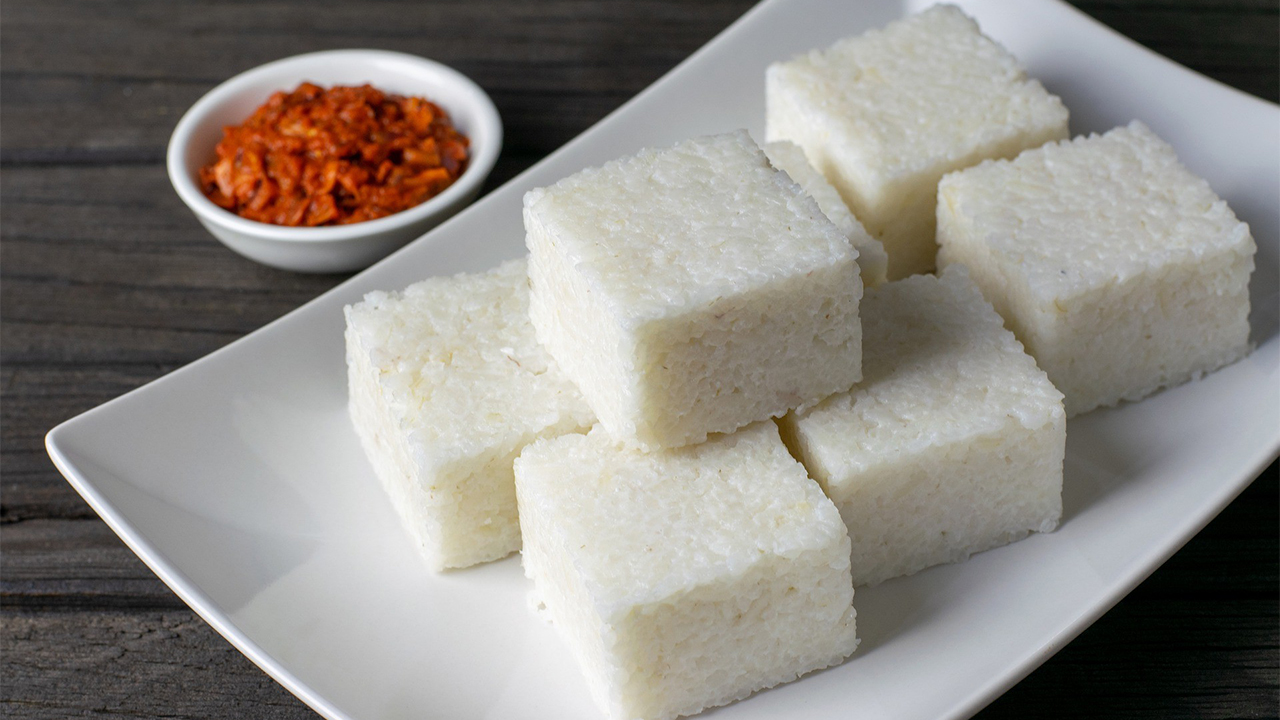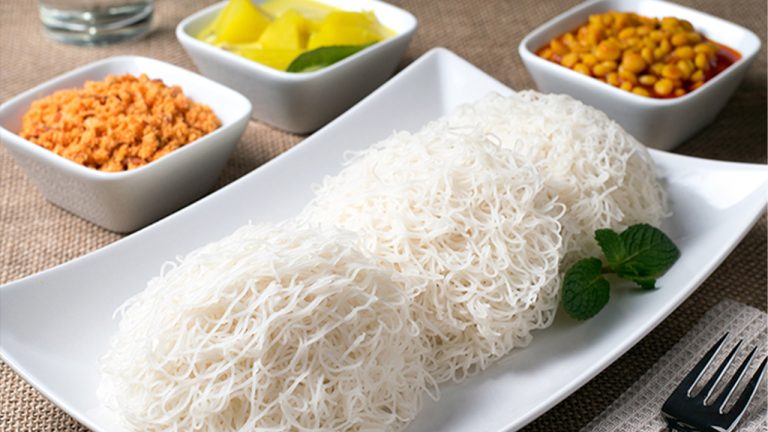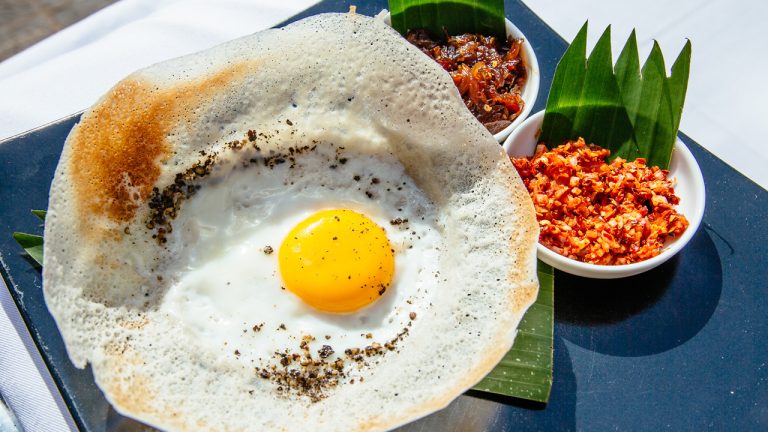Milk Rice: A Culinary Tradition from Sri Lanka
Introduction to Milk Rice
Milk rice, locally known as “kiribath” in Sri Lanka, stands as a cultural and culinary symbol deeply rooted in the island nation’s heritage. This article explores the historical origins, preparation techniques, cultural significance, health benefits, and more surrounding this beloved dish.
History and Cultural Significance
Origins and Historical Evolution
The origins of milk rice date back centuries, tracing its roots to ancient Sri Lankan traditions and rituals. The dish has been an integral part of ceremonial feasts and religious celebrations, symbolizing prosperity and auspicious beginnings.
Ingredients Required
Essential Components
The simplicity of milk rice lies in its basic ingredients: rice and coconut milk. These two primary elements form the foundation, while additional ingredients may vary based on regional preferences.
Preparation Method
Step-by-Step Guide to Making Milk Rice
Achieving the perfect texture and flavor of milk rice involves a meticulous cooking process. From washing the rice to simmering it with coconut milk, each step contributes to its unique taste and consistency.
Traditional Serving Customs
Rituals and Customs
The serving of milk rice is accompanied by specific customs, often linked to auspicious occasions such as weddings, New Year celebrations, and religious festivals. Its presentation holds cultural significance in Sri Lankan society.
Milk Rice Variations
Regional and Festive Varieties
While the traditional recipe remains constant, various regions and festivities have led to innovative adaptations and flavor variations of milk rice. These variations reflect the diversity within Sri Lankan culinary traditions.
Health Benefits
Nutritional Profile and Advantages
Milk rice, enriched with coconut milk and rice, offers a blend of essential nutrients and dietary benefits. Understanding its nutritional value sheds light on its health advantages.
Tips for Making Perfect Milk Rice
Expert Recommendations
Mastering the art of preparing milk rice involves attention to detail. Expert tips and techniques ensure a flawless outcome, elevating the dish to its authentic taste.
Popular Occasions and Events
Celebrations and Festivities
The presence of milk rice transcends domestic kitchens, becoming a staple in various celebratory events, cultural gatherings, and family occasions throughout Sri Lanka.
Significance in Sri Lankan Culture
Symbolism and Heritage
The cultural significance of milk rice extends beyond its culinary value, representing unity, blessings, and shared traditions among Sri Lankans across generations.
Modern Adaptations and Fusion Dishes
Contemporary Culinary Trends
In recent times, milk rice has undergone creative reinterpretations, blending with modern cooking techniques and international flavors, expanding its presence in global gastronomy.
Common Misconceptions
Debunking Myths and Misunderstandings
Certain misconceptions surround the preparation, serving, and consumption of milk rice, which need clarification to appreciate the dish’s true essence.
Milk Rice in Culinary Tourism
Culinary Tourism Impact
The allure of milk rice has contributed significantly to Sri Lanka’s culinary tourism, attracting food enthusiasts and travelers keen on exploring authentic local delicacies.
Conclusion
Milk rice, with its rich history, cultural importance, and versatile adaptations, remains an emblematic dish that unites Sri Lankans worldwide. Its legacy persists, transcending time and borders.
FAQs
Is milk rice only served on special occasions?
While it’s traditionally served during celebrations, it’s also enjoyed as a daily dish in some households.
Can milk rice be stored for later consumption?
Yes, it can be stored in the refrigerator for a few days, though freshly prepared milk rice is preferred.
What are some common variations of milk rice?
Variations include adding spices like cardamom or incorporating fruits like mango for a twist.
Is milk rice a gluten-free dish?
Yes, it is gluten-free as it’s made from rice and coconut milk.
Can milk rice be made with non-dairy milk alternatives?
While traditional milk rice uses coconut milk, some variations experiment with almond or soy milk.



